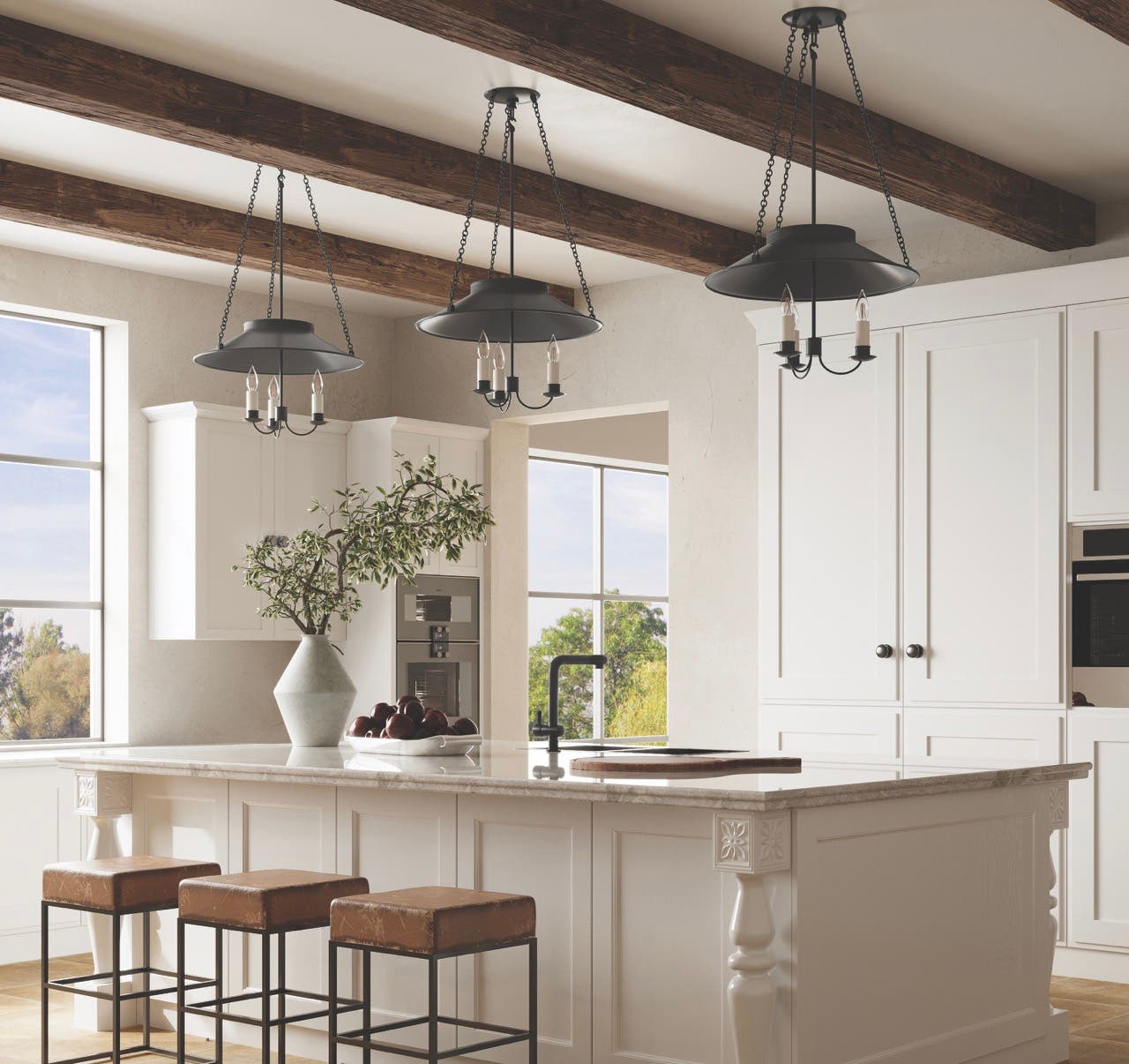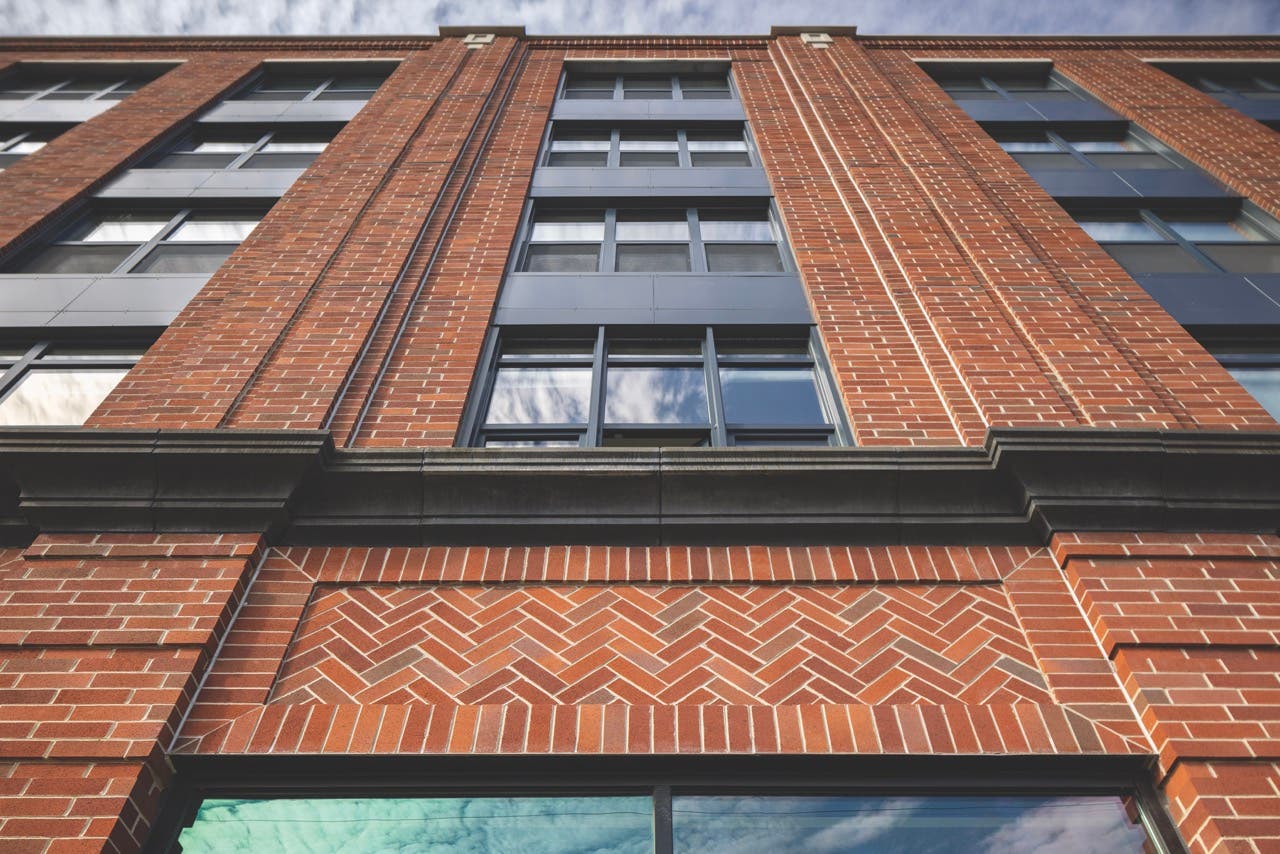
Product Reports
Selecting Hardware for Historic Projects

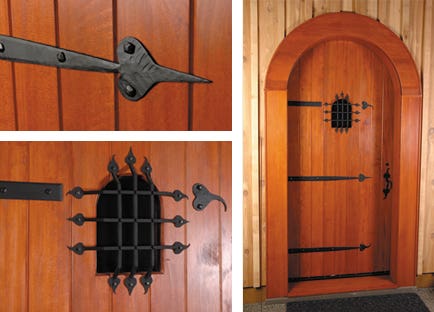

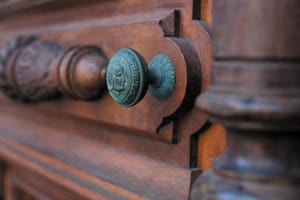

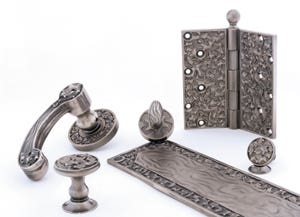

In the past, hardware was much simpler when the artist and craftsman was the same person. A blacksmith's design was applied directly to the metal – there was no need for molds, casts and certainly not patterns. Nowadays, however, when architects and design professionals are faced with a historic project, selecting the right hardware is essential to interpreting the time period they are trying to preserve.
Not only are they confronted with a myriad of products and services to choose from, but they also face the challenge of selecting the right firm from which to purchase. There is also the question of whether to restore or replace existing hardware, and if the decision is to find replacements, there are options such as restored salvaged hardware, reproductions, custom copies or stock copies. A restored period-correct door simply won't look right when paired with inappropriate low-grade hardware.
Four major manufacturers of hardware – Ball & Ball Hardware of Exton, PA; E.R. Butler & Co. of New York, NY, and Boston, MA; Kayne & Son Custom Hardware of Candler, NC; and SA Baxter of New York, NY, – all agree that perhaps the most crucial step in approaching a historic project is to pinpoint the period of the restoration. "Designers need to have a time frame and make sure that the hardware installed in the space is the vernacular of the era they're trying to preserve," says Bill Ball, partner at Ball & Ball. "It's fine if you fix something that was always there, but what if it was installed 80 years after the building was built? Once the time frame is selected, it is important to understand the hardware that was available during that period and make sure it is installed everywhere."
It is also important to document the locations of all existing hardware to be restored, explains E.R. Butler & Co. CEO Rhett Butler. "Doors, windows and other conditions should be properly numbered, labeled and otherwise identified for absolute clarity of communications between the various individuals who will be associated with the project," he says.
The Tweed Courthouse
The restoration of the Old New York County Courthouse, better known as the Tweed Courthouse, in New York City exemplifies these directives. The marble courthouse was essentially a monument to the city's corruption – funded by unscrupulous city official William M. "Boss" Tweed. Built in the Italianate style with Romanesque Revival interiors, it was not well maintained.
In 1989, Albany, NY-based John G. Waite Associates (JGWA) started the restoration process by preparing a detailed comprehensive feasibility study of the building. After researching numerous documents, and there were many, as vendors and tradesmen submitted padded bills totaling nearly $12 million, it was determined that the courthouse was furnished with 138 sets of copper-bronze electrotype hardware supplied with locks manufactured by the Johnson Rotary Lock Company in 1867. With this piece of information and several remaining pieces of the original hardware – two locks, some roses and escutcheons – discovered on the backside of closet doors or sealed behind prior renovations, E.R. Butler & Co. was able to replicate all the door hardware for the project.
"The original hardware from the Tweed Courthouse was pressed copper foil and lead-filled," says Butler. "Due to the obvious risk of such materials in the event of a fire, the technique was quickly discontinued, in as short of a period as five years. Since the focus of the project was to be respectful of the original intent, we elected to scrap our typical casting for an unconventional hydraulic compression of bronze plate. It is a process similar to the original manufacturing technique, using tool steel dies, only we utilized the strength of 100,000 tons of compression versus what was most likely 100 pounds of compression in the early 1860s."
Lead time is another aspect to be considered early on in the project. At SA Baxter, creating a custom-designed piece requires client approvals at several levels. While modern technology has reduced the time it takes to fabricate ornate pieces, the firm still finishes its products by hand using old-world finishing and patination techniques. "The client should carefully consider and allocate project time for needed design, engineering, iteration and fabrication," says Colin F. Gentle, marketing and product manager at SA Baxter. "We walk the client through the entire process and will provide lead-times appropriate to the project at hand." The process for replications can be even more time consuming, explains Butler. "When replicating an extant piece of restoration hardware, one needs to consider the pattern-making and mold-making associated with the casting work typical to the production of restoration hardware," he says. "To pattern and create molds for a rather intricate door handle, for instance, could take several months and thousands of dollars."
Ball notes that the planning stage alone can take up to a year, referring to his firm's participation in the restoration of Hamilton Grange in Harlem, NY – also a project lead by JGWA. The two-story Federal Style house was commissioned by Alexander Hamilton, one of the country's founding fathers and the first Secretary of the Treasury, and was designed by notable architect John McComb Jr. The Grange, named after Hamilton's grandfather's estate in Scotland, was meant to symbolize a new chapter in his life as a respected lawyer. Unfortunately, in 1802, just two years after the home was completed, Hamilton was killed in a duel with vice president Aaron Burr.
The $14.5-million restoration project consisted of two phases. The first was to coordinate the relocation of the house from Convent Avenue at 141st Street to the north end of St. Nicholas Park, on a portion of Hamilton's original 32-acre estate. The second phase involved restoring the structure's exterior and interior in appearance to its period of significance, which was during the two years of Hamilton's occupancy.
Guided by a survey that evaluated the structure's design, construction and use, Ball met with the preservation team to conduct a physical inspection of the existing door hardware and examined locations of missing hardware. Together, they determined how the hardware would be utilized, as the building would be for public use as a museum offering exhibits on the ground floor. "We did the preservation work for all of the existing original hardware in the first floor space," says Ball. "They were good quality hardware so we were able to reproduce missing pieces from the originals.
"The mortise locks, for example, had iron bodies with cast-brass faceplates and cast-brass keepers; we duplicated the locks using the same techniques utilized to fabricate the original hardware. Duplicating materials and historic construction techniques will always yield the best result when fabricating reproductions of antique hardware from any period."
Historical Importance
When deciding to restore or replace existing hardware there are many factors to consider. "The primary issue is often the historical importance of retaining the original versus replacing with an historically-appropriate selection from a qualified manufacturer of historical hardware," says Butler. "If the extant hardware is of such importance, or is in very good condition, then by all means it should be restored. In some cases, one could be missing a few parts, and to recreate them could exceed the cost of a full replacement."
Gentle argues that there are advantages to replacing existing hardware. "It may often be a more sound solution, in that locking and closing device technology has improved over time. Replacement hardware will provide for a better functioning and more secure experience. However, never replace historically significant hardware with poorly made big-box-store hardware."
Regardless of the decision, it can be a challenge locating a firm as only a handful offer restoration services for hardware. "Shops that can do this type of work have to offer many different options for restoring a piece," says David Kayne, partner at Kayne & Son. "Most of them are small and do not have the equipment for this type of work."
Butler adds that it is also labor intensive and current pricing does not support the amount of labor involved. "It is an artisanal trade and requires extensive knowledge and skill commensurate with experience," he says. Additionally, Ball notes that most clients don't understand that they are not purchasing a "restored lock" but rather the labor it takes to restore that lock. Aside from E.R. Butler & Co., Kayne & Son and Ball & Ball, few firms still offer restoration services for hardware.
All three firms strongly advise clients to budget for hardware in advance, rather than towards the end of a project to avoid making do with sub-par restorations or reproductions. "Very few architects get really involved in door hardware, some of them do and when that happens the project goes smoother," he says. "They often leave it to the general contractor, who will then hand it to a hardware consultant firm. Most consultant firms are not experts in historic hardware and that's when my firm is contacted. The problem with this is that the hardware gets really expensive when it is marked up by this many people before the architect or owner sees the end product."





